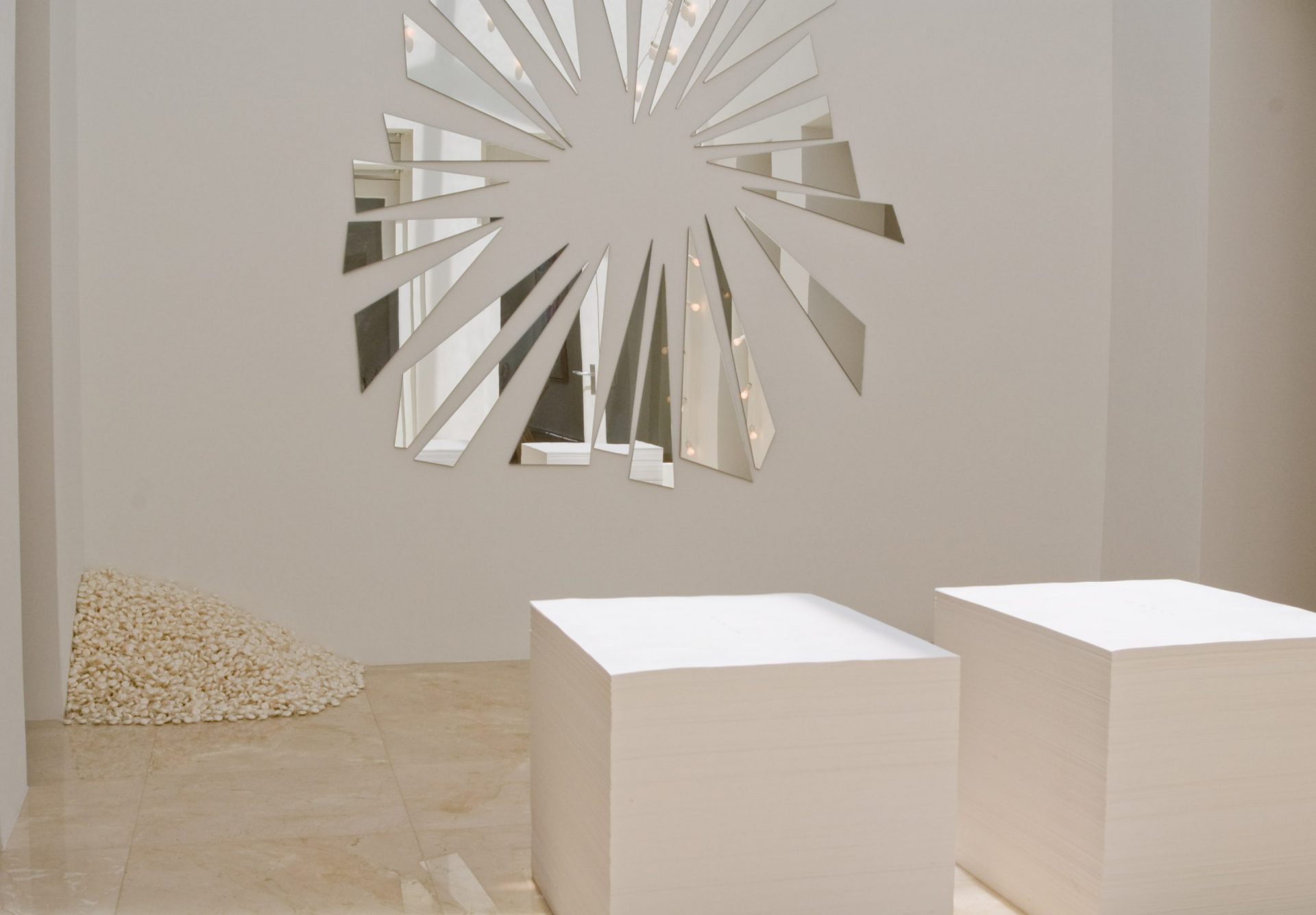“Racial discontent is at its highest since the US president Barack Obama came to power in 2008, according to a poll last week by the New York Times and CBS News. The deaths of Alton Sterling and Philando Castile at the hands of police, and the killing of five police officers in Dallas and three more this week in Baton Rouge, have prompted protests across America and calls for law enforcement reform.Artists, too, are voicing their anger and frustration at recent events, as well as historical instances of racial injustice and the American civil rights movement.
The Los Angeles-based street artist Shepard Fairey has created a new work using the now-famous Reuters image of a young black woman standing in front of a wall of Louisiana state troopers dressed in riot gear. The woman, identified as Iesha L Evans, appears calm and poised in a long floating dress as two officers charge towards her.
In a blog post accompanying the print published on 11 July, Fairey condemns a pervasive unwillingness by police to punish, or even acknowledge, bad behaviour. He says: If the police want to be trusted, they need to make moves to cut out their own cancer and demonstrate forward movement to minimise racial bias and unnecessary uses of violence.
Khalid Albaih, a Sudanese political cartoonist whose family fled to Qatar after the coup in 1989, has recently finished a road trip across America with ten Middle Eastern artists as part of the Culturunners touring’project. Their mission is to create works of art that explore the ideological boundaries between the US and the Middle East, Albaih says in a video published by the Guardian on 11 July.
During the road trip, Albaih compared the American civil rights movement with the fight for human rights across the world. People in the Middle East are asking for basic human rights, and thats what they were asking for in the civil rights movement, he says. The difference is [in the US], they went to court… because there is some kind of constitution that they need to keep up. [In the Middle East] there isnt, so it turns into war.
Meanwhile, museums in the US and UK are seeking to redefine black artists roles in art history. A survey of works by Kerry James Marshall at the Museum of Contemporary Art in Chicago (until 25 September) gives prominence to paintings such as A Portrait of the Artist as a Shadow of His Former Self (1980) and Untitled (2009) of an ebony-skinned woman holding a palette and brush, which inscribe black peoplenotably the artist himselfinto the Western canon of art. The show is due to travel to the Metropolitan Museum of Art in New York and the Museum of Contemporary Art, Los Angeles.
Next summer London’s Tate Modern turns its attention to African-American artists such as Romare Bearden, Norman Lewis, Lorraine OGrady and Betye Saar, who sought to redefine the term black art between 1963 and 1983. Soul of a Nation: Art in the Age of Black Power opens 12 July 2017 (until 22 October).'”
(Via theartnewspaper.)

